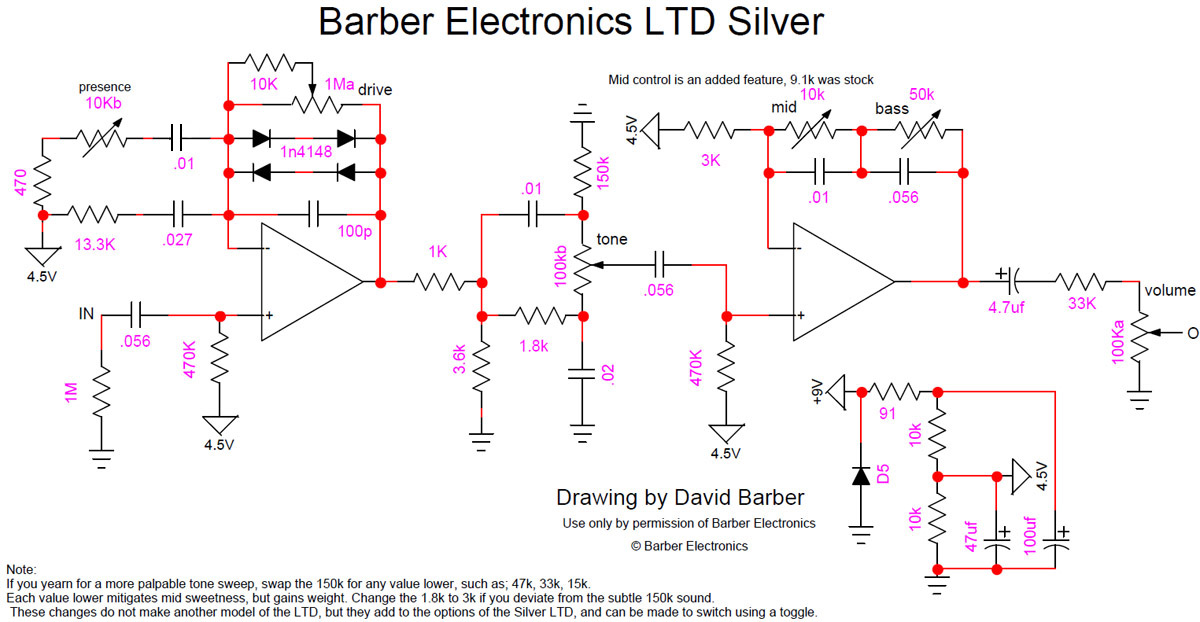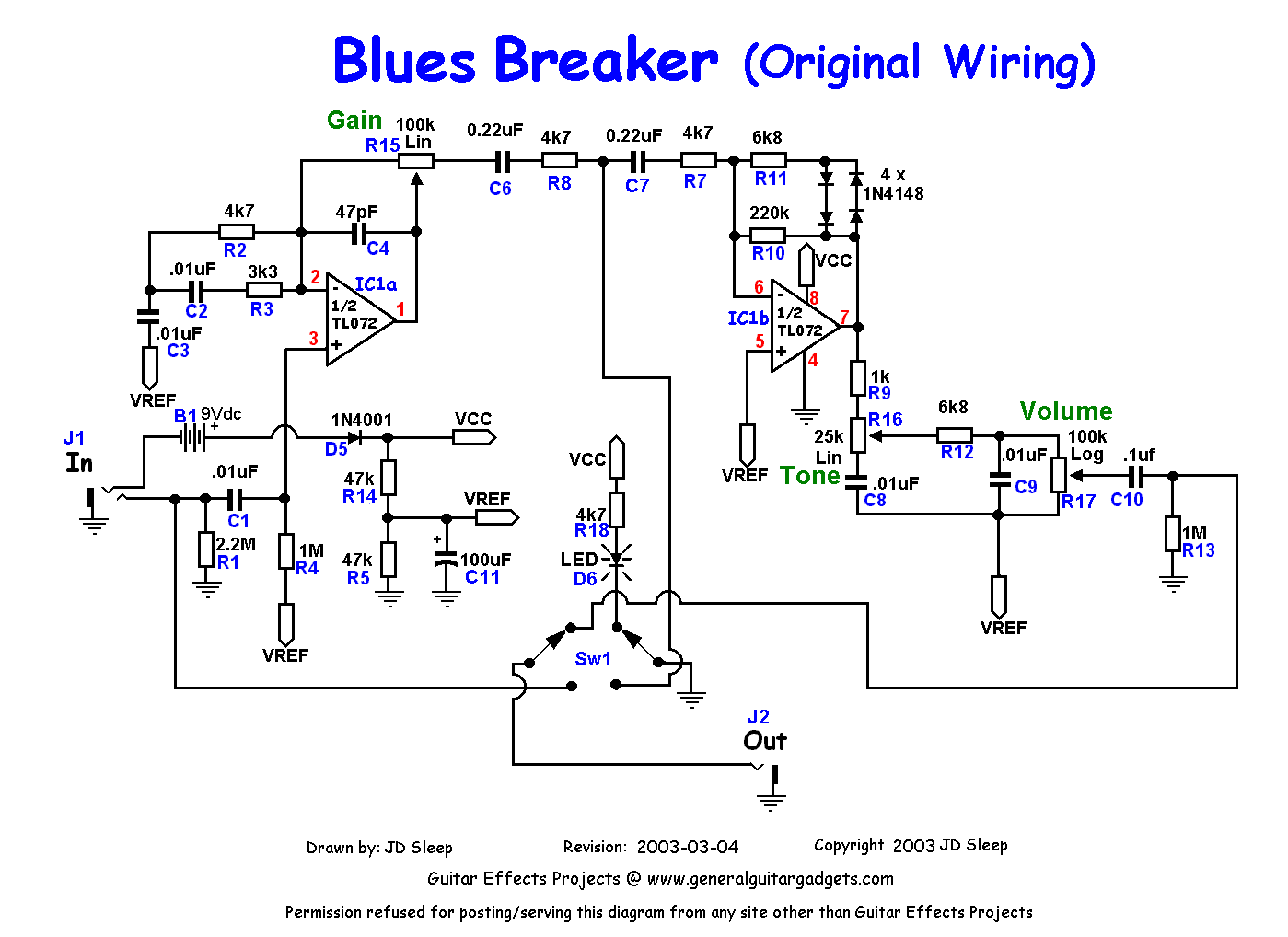Dear spareribs, glad you came back  , we were talking among ourselves without your input.
, we were talking among ourselves without your input.
Agree on what you hear, SS distortion as found on most guitar amps is usually harsh/brittle compared to Tube distortion as found on most guitar amps.
They simply clip different, for various reasons, and SS is flat EQ after the distortion , which is unflattering, while Tube is not, and in general that is considered "warming".
The good news is that you can somewht copy/imitate that and get smoother sound.
Google the Marshall Bluesbreaker pedal schematic and post it here, it applies some tricks for a smooth warm "tubey" overdrive which is quite acceptable, maybe you can apply some of that to your own amps.
 , we were talking among ourselves without your input.
, we were talking among ourselves without your input.Agree on what you hear, SS distortion as found on most guitar amps is usually harsh/brittle compared to Tube distortion as found on most guitar amps.
They simply clip different, for various reasons, and SS is flat EQ after the distortion , which is unflattering, while Tube is not, and in general that is considered "warming".
The good news is that you can somewht copy/imitate that and get smoother sound.
Google the Marshall Bluesbreaker pedal schematic and post it here, it applies some tricks for a smooth warm "tubey" overdrive which is quite acceptable, maybe you can apply some of that to your own amps.









Comment